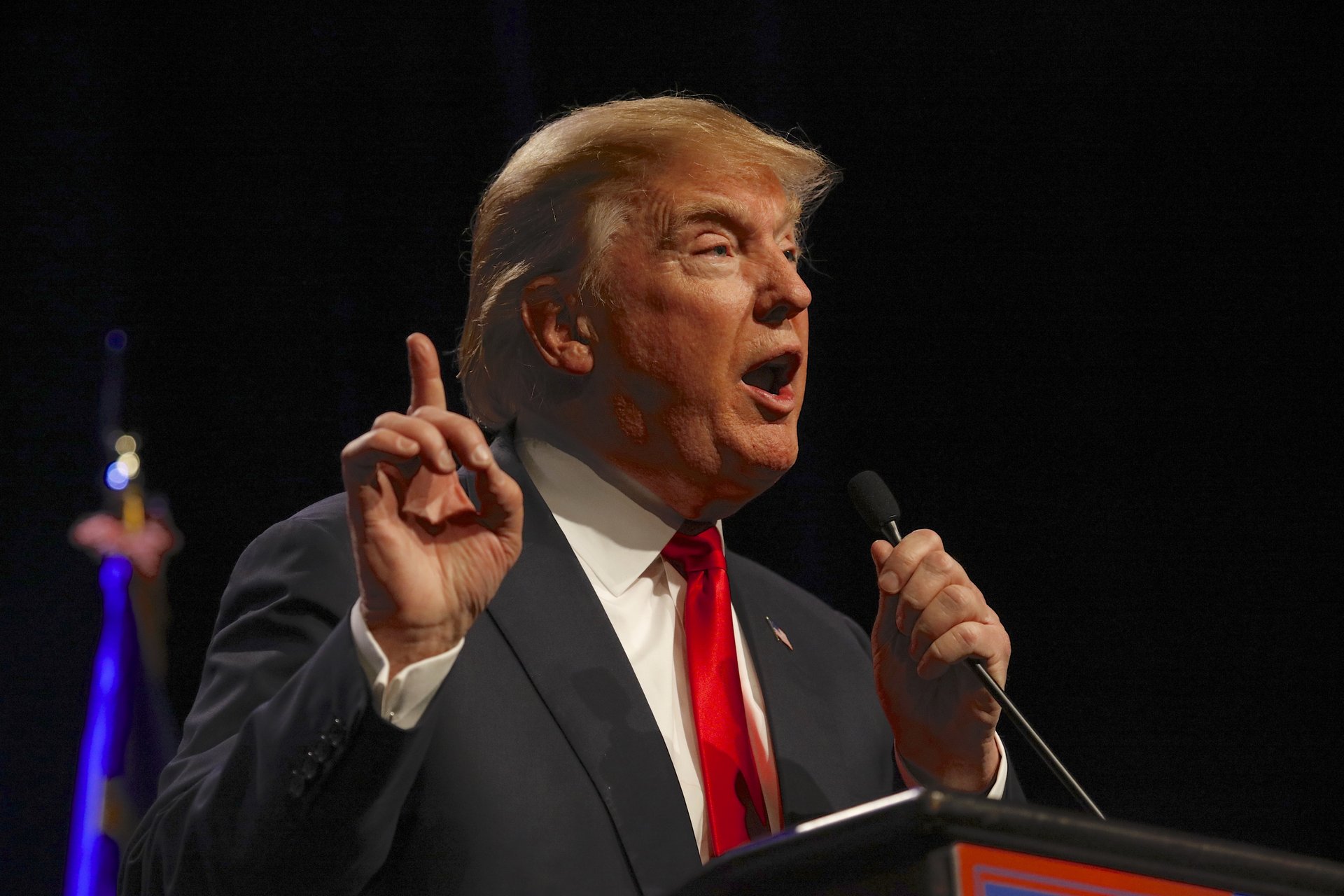
The U.S. government budget is both massive and massively complex. While the recent budget proposal from the Trump administration is likely just a starting point for the fiscal year 2019 budget, it reflects a vast reordering of American financial priorities.
Generally speaking, this proposal largely takes money from an array of social services, education-related programs and scientific initiatives and redirects it to defense and border security. Whether this is the best path for our country is, of course, in the eye of the beholder.
A budget proposal is just that, a proposal. It needs to be approved by Congress to be enacted, and the odds of this most recent proposal being enacted in its current form are practically zero. Nonetheless, since budgets reflect priorities, they can be a good indicator of the direction, if not the exact course, an administration wants to travel.
Here’s a collection of excerpts from major media sources that help boil it down for you. Click the links to learn more.
From Bloomberg:
Trump again asked lawmakers for drastic reductions in environmental, research and diplomatic programs he’s long derided as wasteful: a 27 percent cut to the State Department; 25 percent to the Environmental Protection Agency; cost-cutting overhauls to Medicare and other social safety-net programs. That money would be partially diverted toward building a wall on the Mexican border and boosting defense spending.
From USA Today:
President Trump’s budget proposal reflects his biggest priorities, putting funding behind initiatives like a wall on the U.S.-Mexico border. It also calls to completely eliminate funding for initiatives that are, well, smaller priorities. Those include after-school programs, public broadcasting and a NASA space telescope.
From The Atlantic:
Discretionary spending by the Education Department would be cut by 5.3 percent, about $3.6 billion off a $63 billion pot. Two programs would see the steepest cuts: Title II — used in part to recruit and retain teachers and support principals — and the 21st Century Learning Centers block grants, which pay for enrichment programs during non-school hours, particularly in high-poverty communities.
From CNBC:
Higher education faces massive changes in President Donald Trump’s spending plan. The proposal unveiled Monday would sharply curtail income-based loan repayment plans, scratch the Public Service Loan Forgiveness Program, embolden the government to go after students who don’t pay their loans and cut funding for federal work-study in half.
This year, the plan would allocate big dollars for the military and veterans programs, with a proposed $716 billion directed toward national defense spending. Before the budget was released on Monday, Trump said that it would take “care of the military like never before,” and told reporters in the White House State Dining Room that Defense Secretary James Mattis had called him to say “wow” because they’d never expected to get so much money.
From the L.A. Times:
Trump’s plan calls for capping how much seniors pay annually for prescription drugs, making generic meds free for low-income seniors and allowing Medicare beneficiaries to share in any rebates offered by drug companies to the middlemen that negotiate costs on behalf of insurers and pharmacies.
Every citizen should pay at least some attention to federal budgets. The details can be boring, and unfortunately that’s where the devil resides. Still, this is your money. Spend a few minutes to understand where it’s going. Don’t like what you see? Here’s how to contact your representatives.
What do you think … is the country heading in the right direction? Comment below or on our Facebook page.




Add a Comment
Our Policy: We welcome relevant and respectful comments in order to foster healthy and informative discussions. All other comments may be removed. Comments with links are automatically held for moderation.